Most people know that mountains are tall, rocky formations that jut up from the Earth’s surface. However, fewer people know how these behemoths are actually formed. In short, there are five main ways mountains can form:

I am a software developer and a science enthusiast. I was graduated from the Istanbul Technical University (ITU), Computer Engineering. In the past, I worked at the Istanbul Technical University Science Center as a science instructor. I write about the planet Earth and science on this website, ourplnt.com. I am also an animal lover! I take care of stray cats & dogs. This website's all income goes directly to our furry friends. Please consider supporting me on Patreon, so I can help more animals!

Most people know that mountains are tall, rocky formations that jut up from the Earth’s surface. However, fewer people know how these behemoths are actually formed. In short, there are five main ways mountains can form:
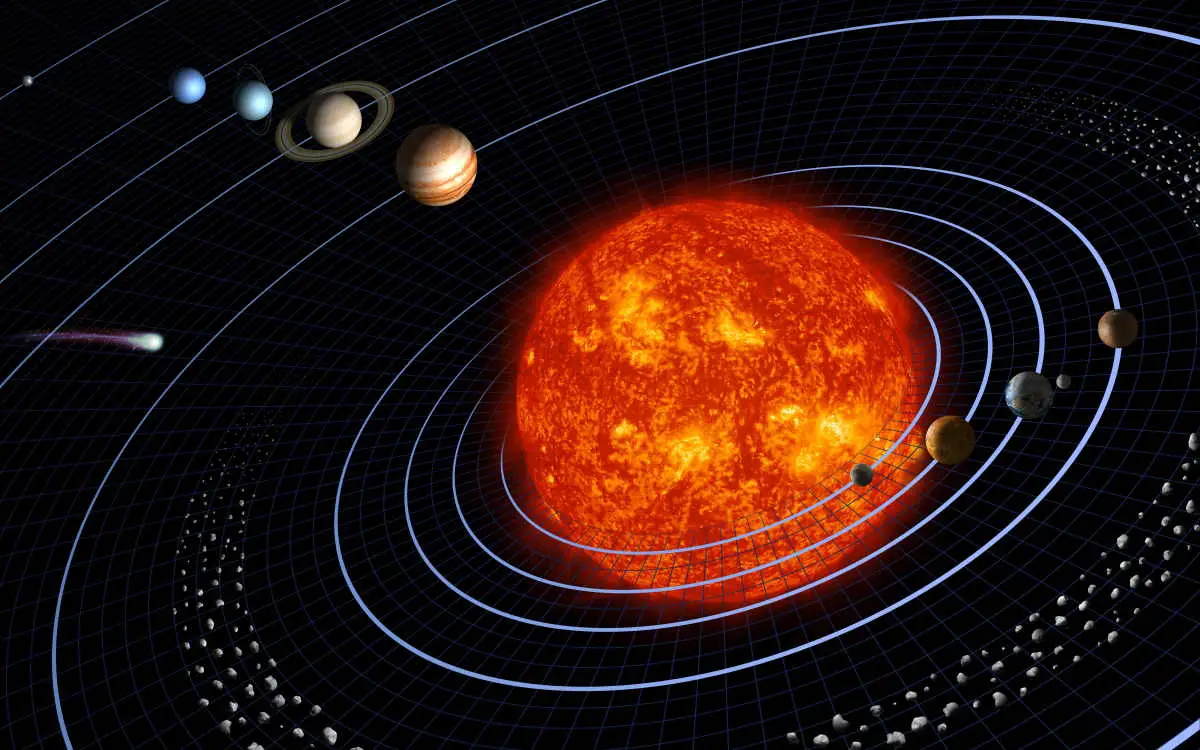
Yes, the sun rotates on its axis. The sun is a giant ball of gas and plasma, and like most objects in space, it rotates. The sun takes about 25-35 days to complete one rotation on its axis, depending on the latitude. This rotation also plays a role in the creation of the sun’s magnetic field, which in turn drives phenomena such as solar flares and sunspots.

Stars, planets, and moons are round because of the force of gravity acting on them. Gravitational forces cause matter to clump together, and the more mass an object has, the stronger its gravitational forces will be. When a large amount of mass is concentrated in a single object, such as a star or planet, the force of gravity causes it to take on a spherical shape, since gravity always pulls toward the center of mass. This is why stars, planets, and moons are round objects.
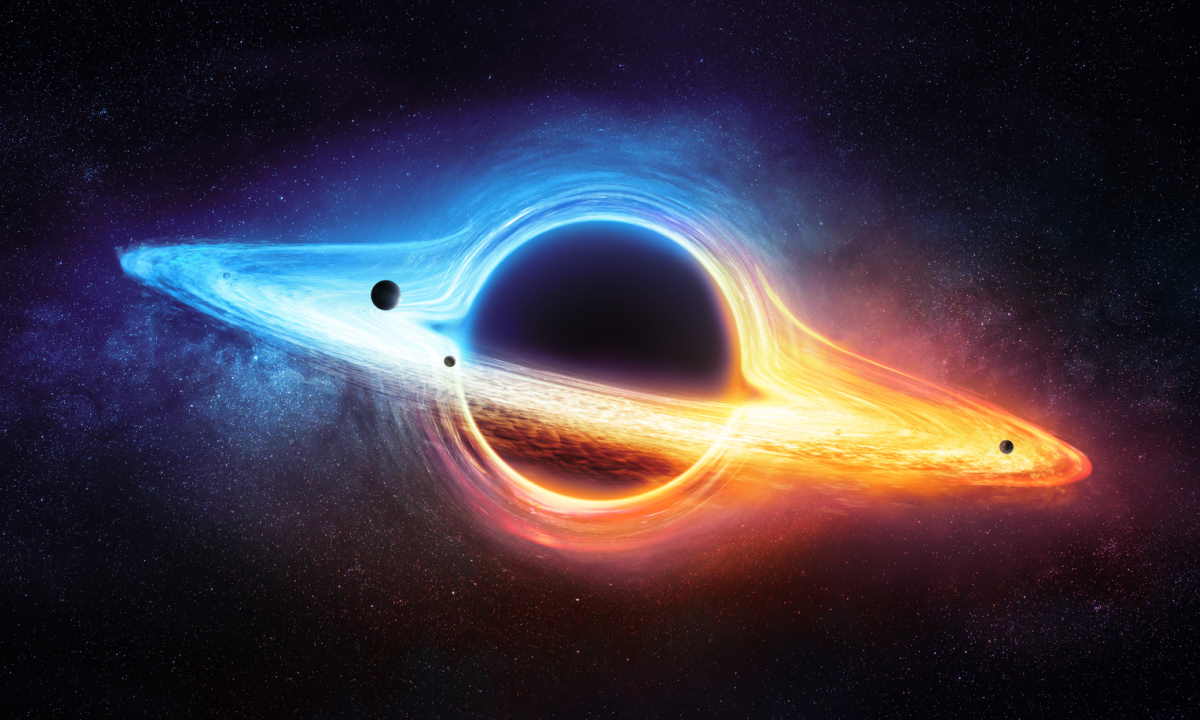
No, the Sun will not become a black hole. Black holes are incredibly dense objects that are formed when very massive stars collapse in on themselves at the end of their lives. The Sun is not massive enough to become a black hole. Instead, it will eventually exhaust its supply of hydrogen fuel and expand into a red giant. After it shreds its outer layers, it will shrink down into a white dwarf.
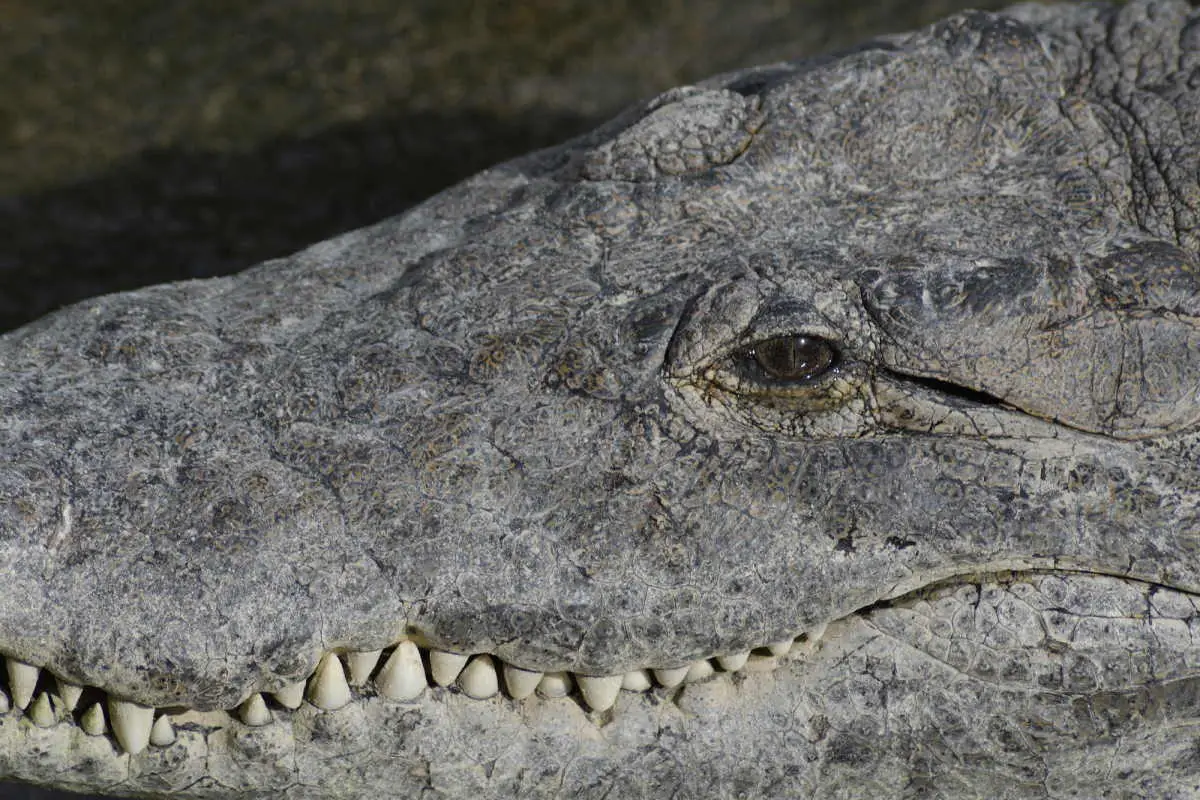
Crocodiles really produce tears. But, they do not cry in the same way that humans do. They do not produce tears to show emotions like sadness or happiness.
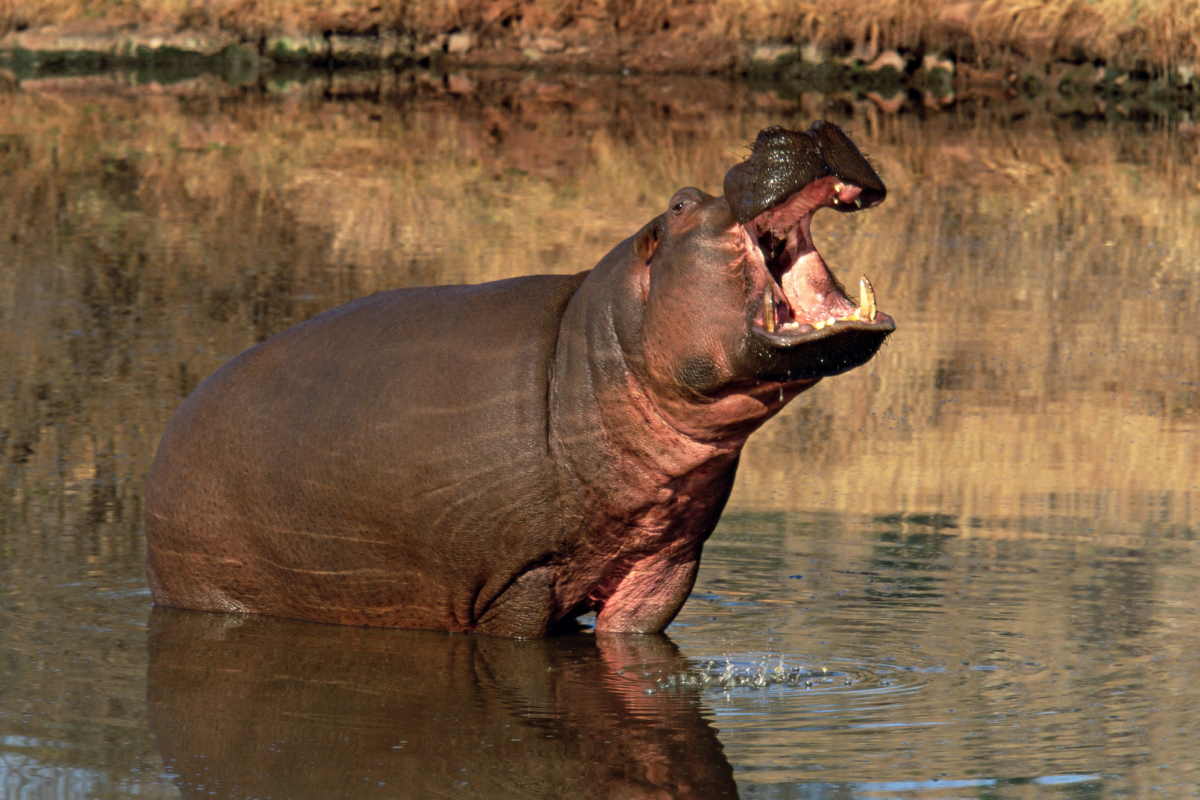
Crocodiles generally avoid confrontations with hippopotamuses because they are much larger and more aggressive than crocodiles. Additionally, hippopotamuses live in groups, which makes it difficult for crocodiles to hunt them. Crocodiles typically hunt smaller, easier prey such as fish, birds, and mammals.
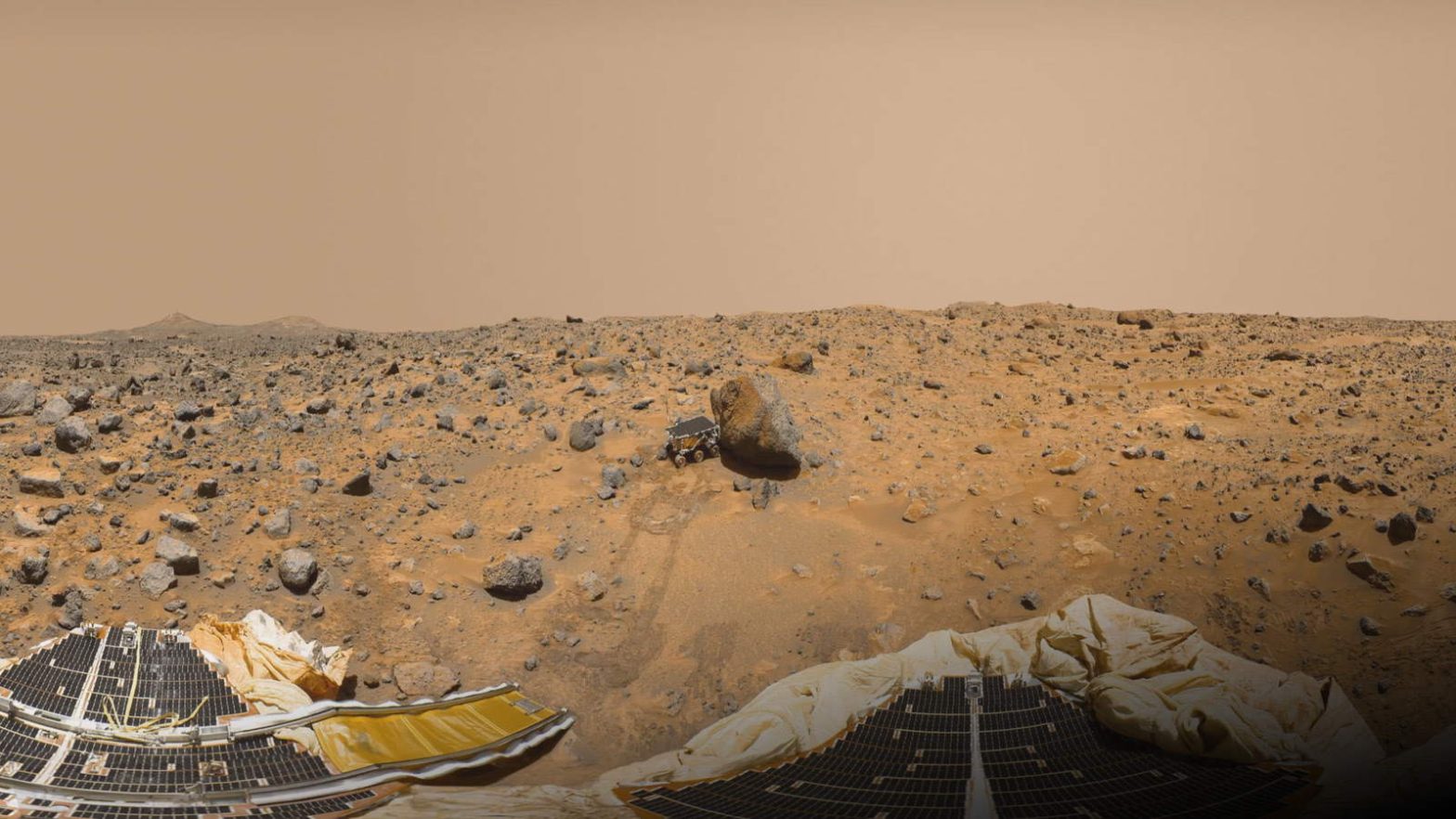
On December 4, 1996, Mars Pathfinder, a robotic spacecraft that was designed primarily to demonstrate a low-cost way of delivering a set of science instruments and a free-ranging rover (Sojourner) to the Martian Surface was launched from Cape Canaveral on top of a Delta II rocket.

On December 2, 1971, Soviet Union’s Mars 3 robotic space probe performed the first soft Mars landing. But, just 110 seconds after the landing, and 20 seconds after the transmissions has begun, it failed and transmitted just a gray image with no details. Although having no scientific value, this was the first transmission ever from the surface of Mars.
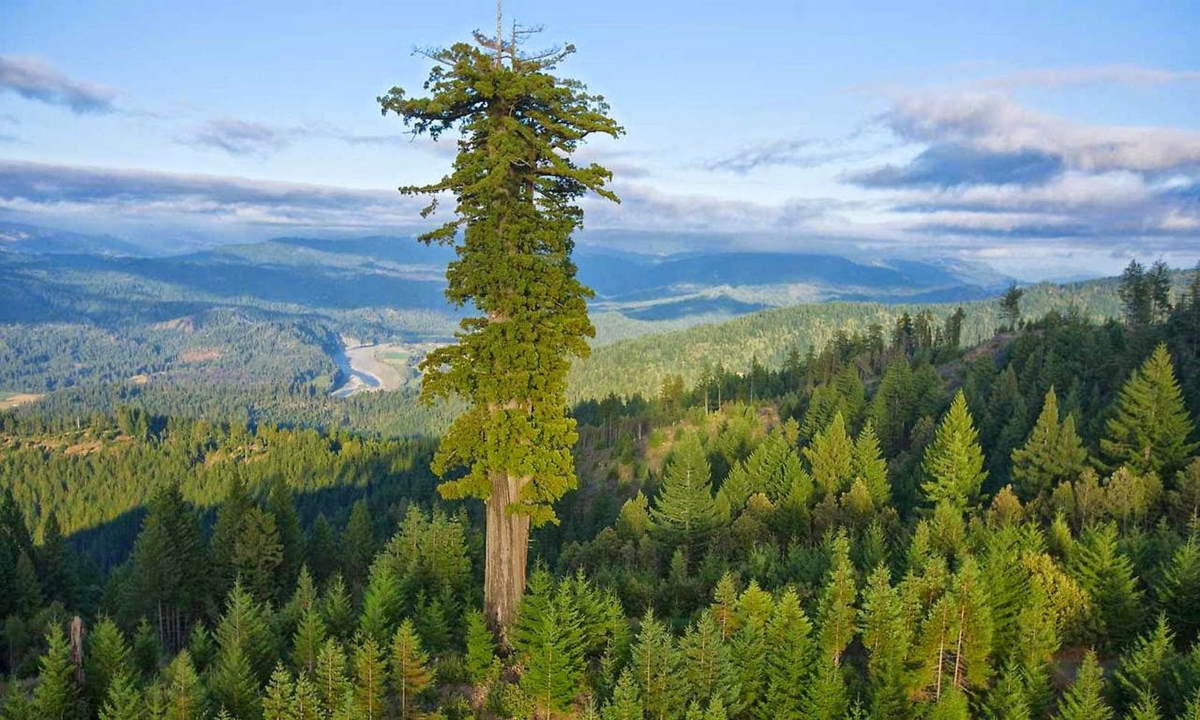
Hyperion, a redwood tree soaring to an incredible 380.8 feet (116.07 meters), is the tallest tree on Earth. Nestled in the dense forests of California, this giant stands out not just for its height but for the sense of wonder and mystery it inspires. Rising above the forest canopy, Hyperion’s towering presence is a reminder of nature’s strength and resilience.
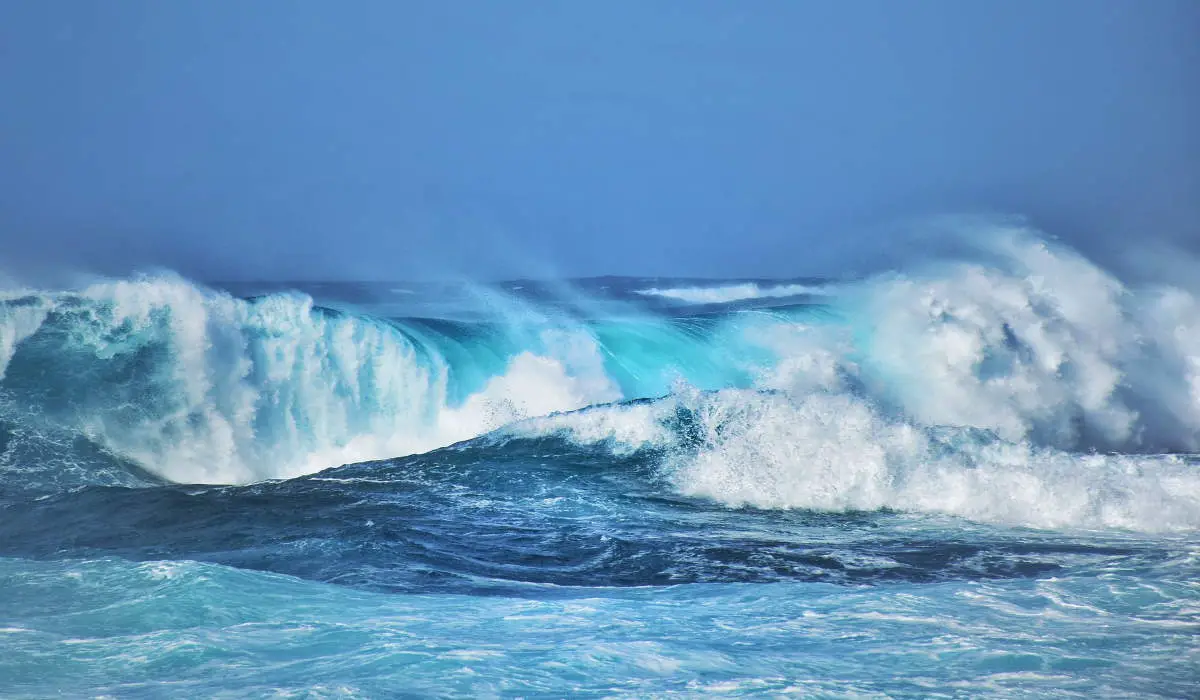
Did you ever wonder how much water is on Earth? Yes, the oceans cover about 71 percent of the Earth’s surface. But, volume is a concept that is hard to grasp.